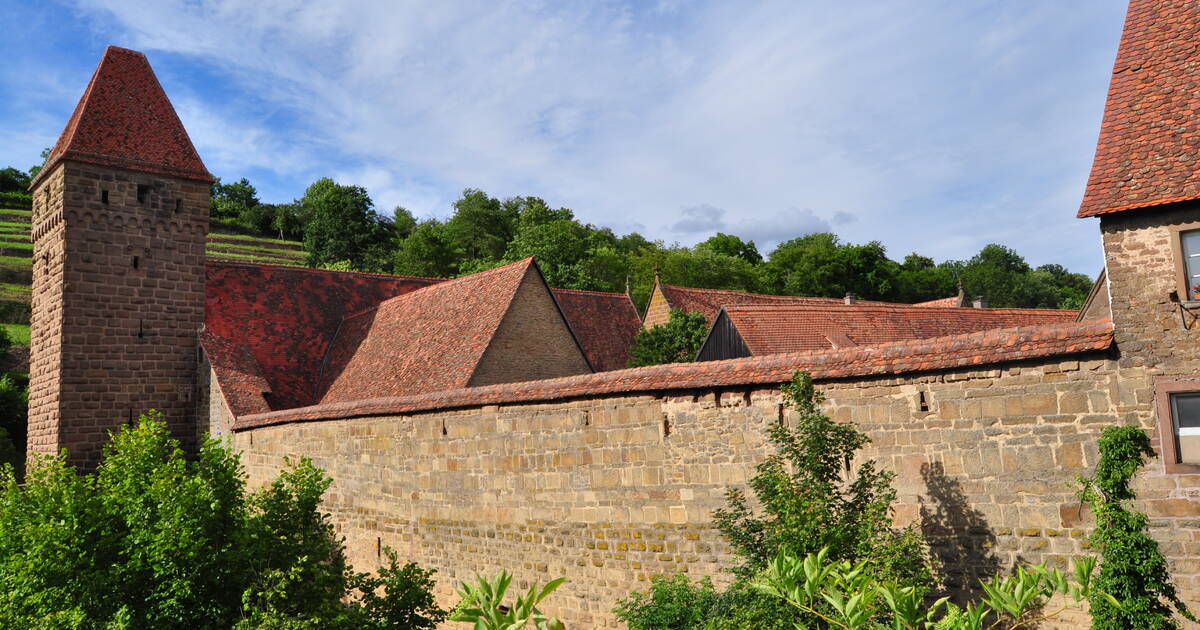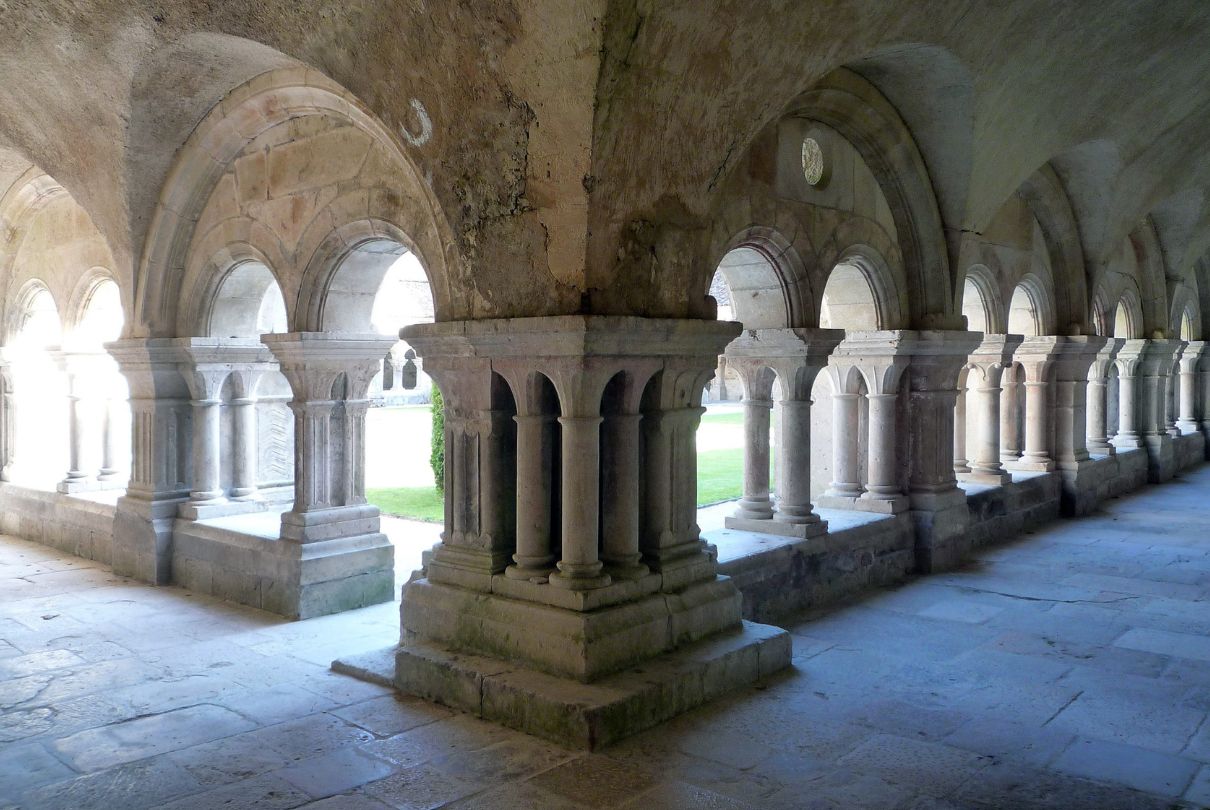
Maulbronn Monastery stands as one of Germany's best-preserved medieval monasteries. Founded in 1147, this UNESCO World Heritage site offers a glimpse into the lives of Cistercian monks who once called it home. Visitors can explore its stunning architecture, including the Romanesque and Gothic styles that blend seamlessly throughout the complex. Did you know that Maulbronn Monastery also played a significant role in the development of the region's agriculture and viticulture? The monks introduced advanced farming techniques and cultivated vineyards that still produce wine today. From its cloisters to its refectory, every corner of Maulbronn tells a story of devotion, innovation, and history. Ready to uncover more intriguing facts about this remarkable site? Let's dive in!
The History of Maulbronn Monastery
Maulbronn Monastery, located in Germany, is a stunning example of medieval architecture and history. Let's dive into some fascinating facts about this UNESCO World Heritage site.
-
Founded in 1147, Maulbronn Monastery is one of the best-preserved medieval monastic complexes in Europe.
-
The Cistercian monks who established the monastery were known for their strict adherence to the Rule of St. Benedict, which emphasized manual labor and self-sufficiency.
-
Maulbronn means "Mule Fountain," named after a legend where a mule discovered a water source, leading to the monastery's founding.
-
The monastery's church was consecrated in 1178, showcasing early Gothic architecture.
Architectural Marvels
The monastery's architecture is a blend of Romanesque and Gothic styles, making it a unique site to explore.
-
The Paradise Porch, built in the 13th century, is a stunning example of early Gothic architecture with its intricate stone carvings.
-
Maulbronn's cloister is considered one of the most beautiful in Germany, featuring a mix of Romanesque and Gothic elements.
-
The refectory, where monks dined, has a stunning vaulted ceiling and is one of the largest rooms in the complex.
-
Maulbronn's fountain house, built in the 14th century, provided fresh water to the monks and is a masterpiece of medieval engineering.
Cultural Significance
Maulbronn Monastery has played a significant role in the cultural and religious history of the region.
-
The monastery school, established in the 16th century, educated many notable figures, including the famous poet Friedrich Hölderlin.
-
Johannes Kepler, the renowned astronomer, attended the monastery school in the late 16th century.
-
During the Reformation, the monastery was secularized, and its lands were taken over by the Duchy of Württemberg.
-
Maulbronn Monastery became a Protestant seminary in 1807, continuing its educational legacy.
Natural Beauty
The monastery is surrounded by beautiful landscapes, adding to its charm and appeal.
-
The monastery's gardens were meticulously maintained by the monks, who grew herbs, vegetables, and medicinal plants.
-
Maulbronn Monastery is located in the Stromberg-Heuchelberg Nature Park, offering stunning views and hiking opportunities.
-
The monastery's fish ponds, created by the monks, are still in use today and are a popular spot for visitors.
-
Maulbronn's vineyards, cultivated by the monks, produce high-quality wines that are still enjoyed today.
Preservation and Tourism
Efforts to preserve Maulbronn Monastery have made it a popular tourist destination.
-
UNESCO designated Maulbronn Monastery as a World Heritage site in 1993, recognizing its historical and architectural significance.
-
The monastery complex includes a museum that showcases artifacts and exhibits about the monastery's history.
-
Guided tours are available, offering visitors a chance to learn about the monastery's history and architecture.
-
Maulbronn Monastery hosts various cultural events, including concerts, exhibitions, and festivals.
Fun Facts
Here are some quirky and lesser-known facts about Maulbronn Monastery.
-
The monastery's bakery still operates, producing traditional bread and pastries for visitors.
-
Maulbronn Monastery has appeared in several films and TV shows, including the 2011 movie "The Three Musketeers."
-
The monastery's library once housed over 2,000 volumes, making it one of the largest collections in medieval Germany.
-
Maulbronn Monastery is said to be haunted by the ghost of a monk who roams the cloisters at night.
Maulbronn Monastery's Timeless Charm
Maulbronn Monastery stands as a testament to history, culture, and architectural brilliance. Its UNESCO World Heritage Site status highlights its global importance. From its Romanesque and Gothic architecture to the well-preserved medieval structures, the monastery offers a glimpse into the past. The monastic life that once thrived here is still palpable, making it a must-visit for history buffs and architecture enthusiasts alike.
The monastery's educational role continues through its school, blending past and present seamlessly. Its picturesque surroundings add to its allure, providing a serene escape from modern life. Whether you're drawn by its historical significance or its stunning beauty, Maulbronn Monastery promises a rich, immersive experience.
So, next time you're planning a trip, consider adding this gem to your itinerary. You'll walk away with a deeper appreciation for history and a treasure trove of memories.
Was this page helpful?
Our commitment to delivering trustworthy and engaging content is at the heart of what we do. Each fact on our site is contributed by real users like you, bringing a wealth of diverse insights and information. To ensure the highest standards of accuracy and reliability, our dedicated editors meticulously review each submission. This process guarantees that the facts we share are not only fascinating but also credible. Trust in our commitment to quality and authenticity as you explore and learn with us.


